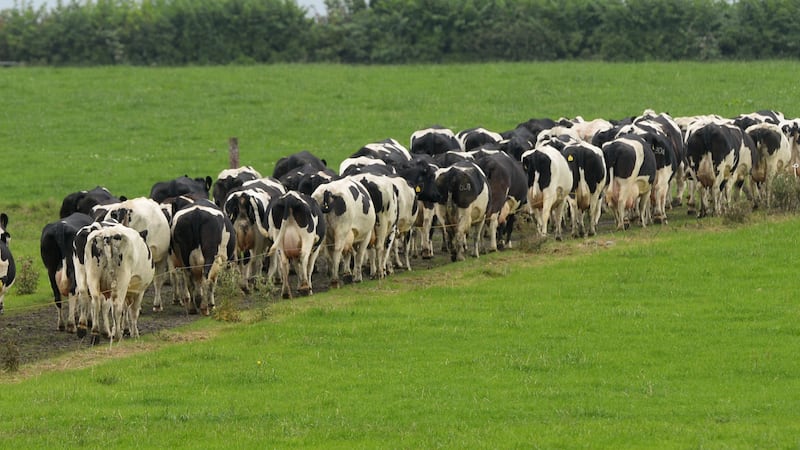The Government is in talks with the EU about keeping coal and oil-burning electricity generators operating past their scheduled closing dates over the next three years.
The State intends keeping the ESB’s coal-burning Moneypoint power plant and the SSE Airtricity fuel-oil Tarbert electricity generators open past their respective scheduled closing dates in 2025 and 2023, to stave off possible energy shortages.
A spokesman for the Department of the Environment, Climate and Communications confirmed that the organisation was “engaging with the European Commission” on extending their operation.
The Government may have to seek derogations from EU emissions rules to extend the lives of either or both power plants, as coal and fuel oil produce high quantities of greenhouse gases.
RM Block
Maintaining the plants past their planned closing dates is part of the Commission for the Regulation of Utilities’ programme to ensure security of electricity supplies.
New generators
The department’s spokesman pointed out that the plan, published in November, set out that existing power plants would continue operating until new electricity generators are built.
He acknowledged that “for example” Moneypoint would remain available to generate electricity beyond its scheduled 2025 closing date, but only until it can be replaced.
“It will only operate if and when needed, with renewable energy and efficient gas-fired power stations always being supplied to the market first,” he said.
“This approach will minimise greenhouse gas emissions, while safeguarding continued security of electricity supply.”
Continuing to operate both plants past their projected closing dates would be a further blow to Government efforts to cut greenhouse gas emissions and to “decarbonise” the electricity system.
Looming winters
The Republic needs the two plants as electricity supplies are squeezed as efforts to attract new standby gas-fired power plants have failed.
The Government is seeking planning permission for two sites in Dublin to build emergency power generation to help tide the Republic over coming winters.
Meanwhile, new figures show that wind farms generated 20 per cent of Irish electricity in August and just short of one-third of total power in the year to the end of last month.
A Wind Energy Ireland report shows that the volume of electricity produced by industry rose 4 per cent, but demand grew also.
Noel Cunniffe, Wind Energy Ireland chief executive, acknowledged that August’s figures were lower than some earlier months, but were in line with seasonal expectations.
Wind speeds were low early in the month, meaning the industry produced little electricity. This contributed to warnings about low power reserves issued by national grid operator Eirgrid in the first week of August.



















